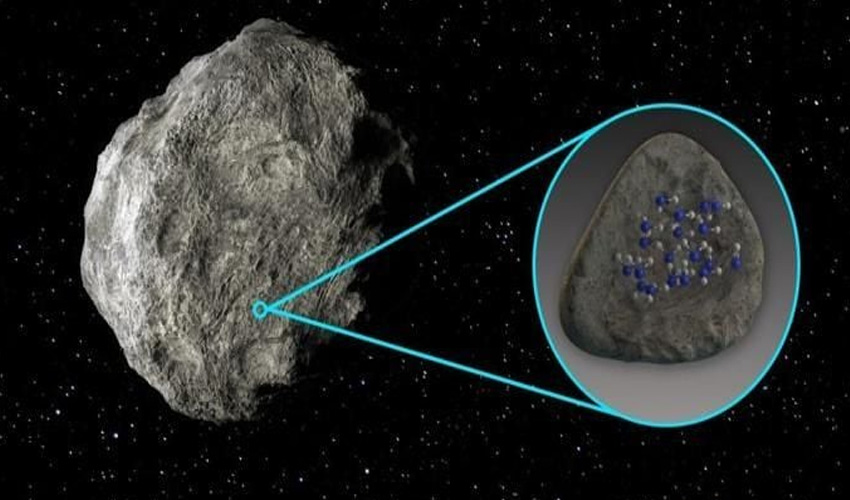In a monumental discovery reshaping our understanding of celestial bodies, scientists have uncovered traces of water on the surface of two asteroids.
This unprecedented revelation, detailed in a study published in The Planetary Science Journal, not only sheds light on the distribution of water molecules throughout the solar system but also offers tantalizing clues about the origins of water on Earth.
Utilising data from the retired NASA mission, the Stratospheric Observatory for Infrared Astronomy (SOFIA), researchers from the Southwest Research Institute embarked on a groundbreaking mission.
Their analysis of SOFIA's observations unveiled distinctive spectral signatures indicative of water molecules on the asteroids Iris and Massalia. These space rocks, previously uncharted territories for water detection, now stand as monumental milestones in our cosmic exploration.
Water's enduring presence
Contrary to previous assumptions that water would have evaporated from asteroids orbiting close to the sun, Iris and Massalia challenge the status quo.
With diameters measuring 124 miles and 84 miles respectively, these asteroids serve as reservoirs of liquid water, potentially stored within silicate glass beads or bound to mineral surfaces.
The discovery of molecular water on these asteroids bolsters the widely accepted theory that Earth's water originated from extraterrestrial sources, potentially delivered through asteroid impacts.
Dr. Anicia Arredondo, lead author of the study, emphasizes the significance of understanding water distribution on asteroids, offering crucial insights into the mechanisms driving our planet's formation and evolution.
Beyond earth
As humanity continues to explore the cosmos in search of extraterrestrial life, the distribution of water within our solar system becomes paramount. The newfound understanding of water's presence on asteroids not only guides our quest for potential life within our cosmic neighborhood but also paves the way for future interstellar exploration.
With the tantalizing success of their initial discovery, the research team eagerly anticipates further exploration. Plans are underway to utilize the James Webb Space Telescope for higher-resolution observations of additional asteroids, promising to unveil even more secrets hidden within the depths of our solar system.
In the vast expanse of space, each revelation serves as a thread in the intricate tapestry of cosmic understanding. The detection of water on asteroids Iris and Massalia marks a pivotal moment in humanity's quest to unravel the mysteries of our solar system and beyond. As we gaze toward the heavens, we are reminded that the universe, with its endless wonders, continues to inspire and astonish us with each new revelation.



























